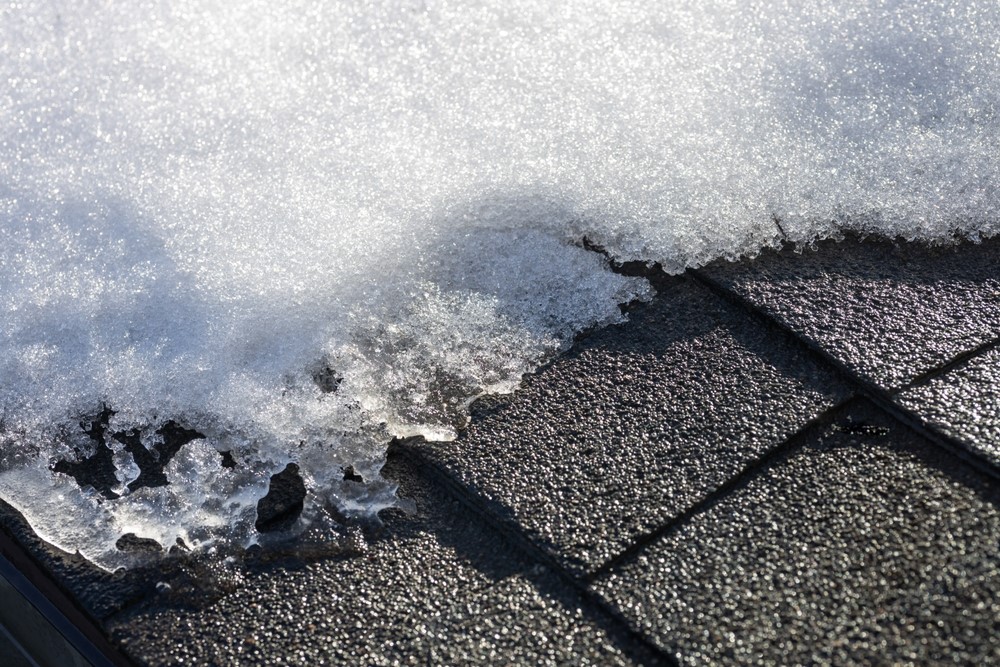In the middle of the summer’ heat, thoughts of winter snow and cold are the last thing you want to worry about. But for your home’s roof there is no vacation from the daily duties of protecting you and your family from all that Mother Nature delivers.
You might think that warmer weather offers a break for your roof. After all, there are no blanketing snows or gutter-clogging ice with which to contend. But the hot weather brings its own challenges to your roof, the single largest building system on your home.
Rain
Your roof should be able to withstand a little rain, right? But heavy thunderstorms that are typical here in the Mid-Atlantic region can produce a deluge that can challenge even the strongest roofing system.
The problem usually does not occur on the roof deck itself, but with the gutter system. Unless your gutters and downspouts are large and sturdy enough to accommodate a large volume of water, and are kept clear of debris and leaves, they could be overwhelmed by a heavy downpour. Water spilling over a gutter’s edge or leaking through seams can quickly seep into your home, causing dampness that can lead to mold and mildew.
Sun
Blazing sun and heat can create as many problems as winter cold, particularly for asphalt-shingled roofs. Just as a heat wave can cause us all to wilt and droop, high temperatures and humidity can soften the asphalt component in shingles, making them more vulnerable to punctures and tears. Heat can also cause lower quality shingles to dry, curl and crack.
While top quality asphalt shingles bear up well under a wide range of temperatures, it is still a good idea to have your roof checked during the summer to make sure no damage has occurred.
Wood shingled roofs can also dry out in the sun. Be sure to maintain a wood roof properly with periodic oiling.
Wind
Strong wind gusts during thunderstorms can cause severe damage to your roof. Take time during calmer weather to have your roof inspected to make sure there are no loose shingles that could be lifted and carried away, exposing your roof to the elements.
Taking care of your roof is a year ‘round job. But proper maintenance and regular inspection can help your roof do a good job of protecting your home.
Subscribe to NV Roofing's Blog







